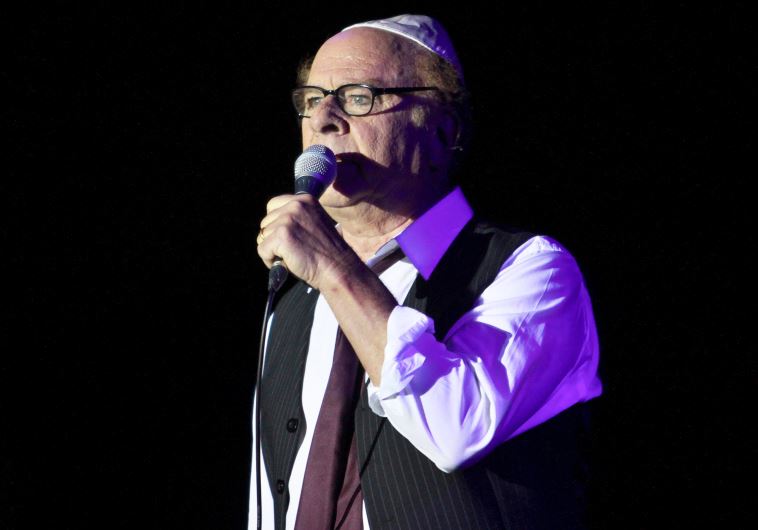Art Garfunkel takes on Jaffa, in kippah
Going to see Art Garfunkel last Wednesday night was a rare opportunity to see a landsman from a long ago past.
 Art Garfunkel performs on stage at the Bloomfield Stadium in Tel Aviv, on June 10, 2015.(photo credit: GIL COHEN MAGEN / AFP)
Art Garfunkel performs on stage at the Bloomfield Stadium in Tel Aviv, on June 10, 2015.(photo credit: GIL COHEN MAGEN / AFP)